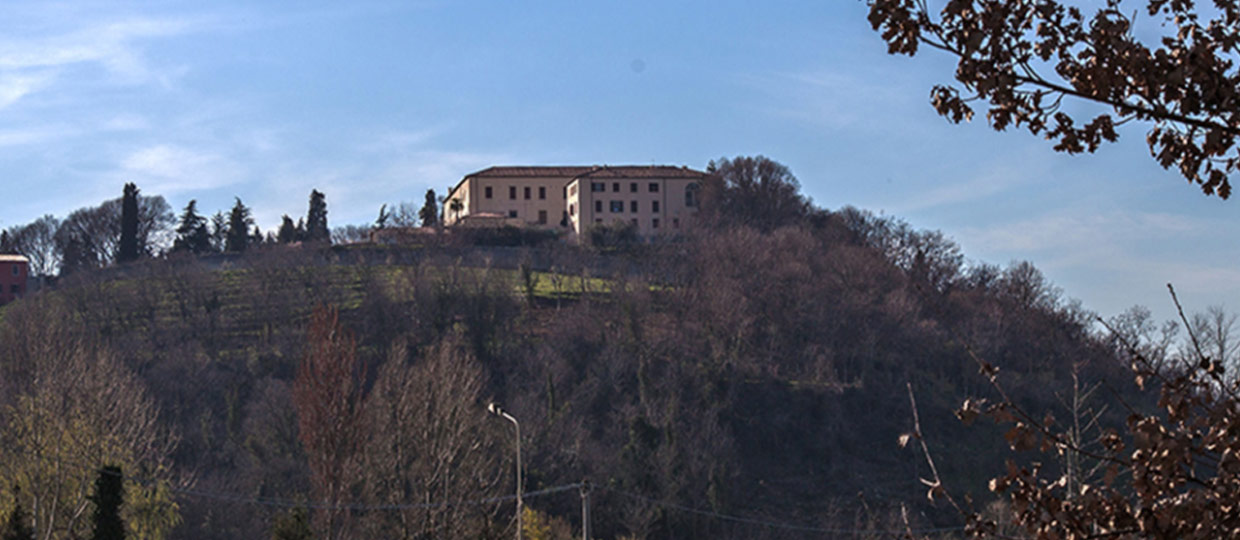The Monastery was founded by the Montagnon lords to honor the holy martyr Daniel. His bones were found on 26 December 1075 under the floor of the church of Santa Giustina in Padova.
The founders entrusted the monastery to a community of Benedictine monks. During the fourteenth century, the Great Catholic-Orthodox Schism created a serious spiritual crisis that affected San Daniele's community. Due to the lack of vocations, it was abandoned in 1460 after various attempts of revitalization by Pope Pius II.
The Benedictine monks were succeeded by the Canons Regular of San Salvatore of Venice, who took possession of the hill in 1461. In the 1500s, the congregation undertook to demolish the ancient monastery and rebuild it to a more modern style of the era.
Between the end of the 17th century and the beginning of the 18th century, the monastery finally restarted to flourished thanks to a series of reforms. The building restoration of the abbey included the construction of a small church on its premises. This small architectural jewel was designed by the Palladian architect Francesco Muttoni of Vicenza.

In the wake of the suppression of religious institutes, on 12 September 1771, the site was purchased by the lawyer Federico Todeschini of Venice. The property became the dowry of his daughter Elisabetta, the only heir of the family who married Count Bartolomeo Bonomi in 1832. Some changes were made to the monastic building to make it a comfortable and elegant summer residence. The Bonomi family's legacy suffered a financial meltdown during the Second World War and the old monastery was lost to gambling in favor of the Pescarin family of Montagnana.
The building returned to its original religious vocation in 1948 when the Benedictine nuns of Fiume became the new residents.